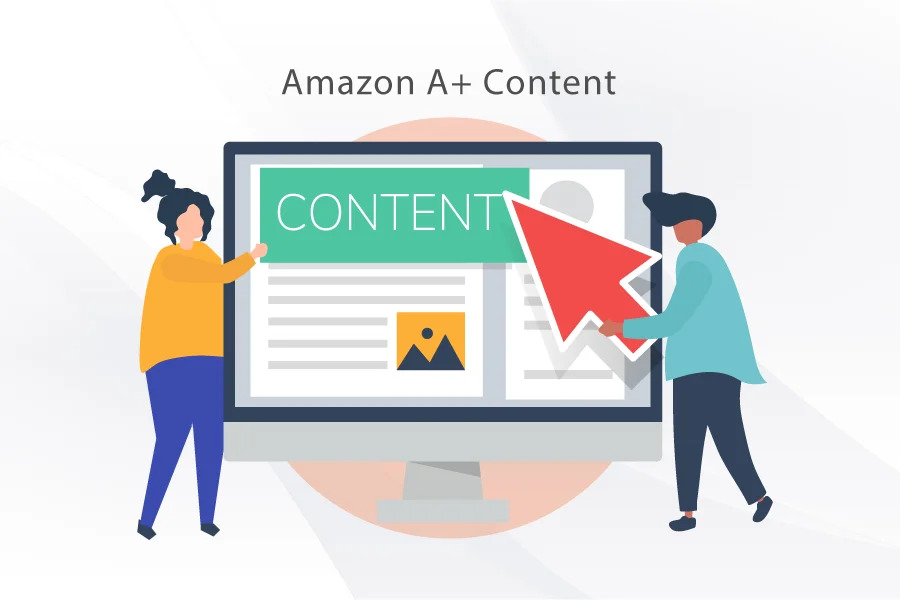
Crafting Compelling Copy for High-Converting Product Listings
In the competitive landscape of eCommerce, especially on platforms like Amazon, your product copy is often your brand’s first — and sometimes only — chance to connect with customers. Great copy does more than describe a product; it anticipates questions, evokes emotion, builds trust, and ultimately, drives conversions. Whether you’re a seasoned seller or just launching your first listing, crafting compelling product copy can make the difference between a browser and a buyer.
This guide breaks down the essential elements of high-converting product listings, offering actionable tips to help you write better copy and increase sales.

Why Copywriting Matters in eCommerce
Every pixel on your Amazon product detail page works together to tell a story. But while photos catch the eye, words close the sale. With studies showing that product descriptions influence up to 87% of purchasing decisions, investing in persuasive, customer-focused copy is a smart move.
Good copywriting:
Answers customer questions before they’re asked
Overcomes objections with benefits-driven language
Builds trust with clarity, accuracy, and professionalism
Boosts search visibility through natural keyword integration
Essential Elements of a High-Converting Listing
1. Title: Balance SEO with Readability
Your product title is prime real estate for both keywords and clicks. While Amazon’s own guidelines provide a format (Brand + Product Type + Key Attributes), the best titles go a step further by weaving in customer-friendly language without keyword stuffing.
Example:
Instead of:Acme, Nonstick Frying Pan, 12 Inch, Black, Aluminum, Dishwasher Safe
Try:Acme 12-Inch Nonstick Frying Pan – Durable Aluminum Skillet with Stay-Cool Handle, Dishwasher Safe (Black)
Use keywords customers actually type into search — like “nonstick skillet” — and maintain a natural flow. For added guidance, tools like Helium 10 or Jungle Scout can help identify high-ranking keyword phrases.

2. Bullet Points: Highlight Benefits, Not Just Features
Many sellers make the mistake of listing technical specs without telling the customer why they should care. Think benefits first.
Best Practices:
Start each bullet with a capitalized feature or benefit
Use semicolons to separate sub-features clearly
Stay under 300 characters to meet Amazon’s limits
Avoid clichés like “100% guaranteed”
Example:
EASY TO CLEAN DESIGN – Nonstick surface wipes clean in seconds; dishwasher safe; stain-resistant finish
HEAVY-DUTY BUILD – Forged from thick aluminum for even heating; warp-resistant base; safe for all stovetops
By connecting features to customer benefits, you turn passive browsers into engaged buyers.
3. Description: Tell a Story That Resonates
Your product description should be an extension of your bullet points — richer, more emotional, and more persuasive. Use this space to paint a lifestyle picture or solve a customer problem. Consider formatting for readability using short paragraphs and line breaks.
Tips for writing strong descriptions:
Use “you” language to make it customer-focused
Address pain points (e.g., messy cleanup, product durability)
Reinforce what makes your product unique
Include subtle calls-to-action like “You’ll love how…”
For more inspiration, Shopify’s guide to writing product descriptions offers excellent real-world examples and formulas to follow.
4. Images & A+ Content: Copy Complements Visuals
Even the most persuasive copy can fall flat if it doesn’t align with your visuals. Ensure your image text and A+ Content reinforce key benefits and help differentiate your product.
Incorporate lifestyle shots and comparison charts alongside succinct copy. Amazon’s A+ Content guidelines are worth reviewing to maximize your branding space and increase buyer confidence.

5. Tone and Voice: Match Your Audience
Writing for luxury candles? Your tone should be elegant, refined, and sensory-driven. Selling tactical gear? Use concise, authoritative language with clear value propositions. One voice doesn’t fit all.
To find your tone:
Look at 5-star and 1-star reviews of similar products to see what matters to your audience
Mirror the vocabulary of your ideal customer
Avoid jargon unless your niche demands it
Tools like Grammarly Business can help maintain tone consistency and clarity across listings.
Final Thoughts: Copy That Converts Is Copy That Connects
A high-converting Amazon listing doesn’t just check boxes for SEO and specs — it builds a bridge between a customer’s need and your solution. Whether you’re writing titles, bullets, or descriptions, every word should pull its weight. By crafting compelling, benefit-driven copy, you not only improve your search rankings but also build trust, encourage clicks, and increase conversions.
Looking to level up your listings or need a professional audit of your current copy? Let’s connect — great copy starts with understanding what your customer truly needs.














